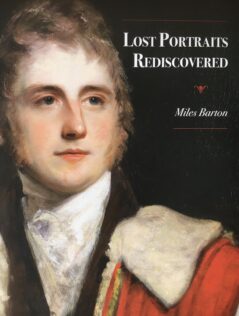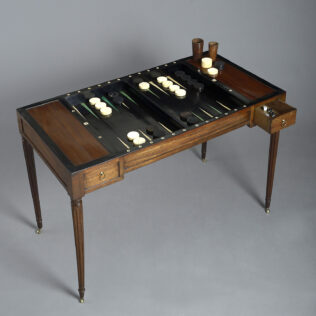When asked to think of Swedish furniture for some of us this might conjure up images of couples in relationship limbo (she: with tape measure in hand and a purposeful stride, he: with suggestions of how to better spend a Saturday morning), long aisles of flat-packed sofas, shelves and tables with little blue and yellow plastic bags full of mismatched screws, bolts and instruction booklets (which have the power to tip the scales firmly from ‘limbo’ to ‘divorce’…).

More positive scenarios might include images of Arne Jacobsen‘s Egg, Ant or Swan chair and romantic ideas about homely, candlelit interiors, happy families with happy work-life balances enjoying Fike (coffee and pastries) whilst watching Wallander; bums softly cradled on ergonomic chairs and elbows on socially inclusive Scandinavian Design solutions. What is, however, often overlooked is what Sweden has to offer outside of (what has since the 50s been referred to as) Scandinavian Design, brutal crime stories, meatballs and IKEA.
The importance, quality and beauty of Swedish Gustavian style for example has long been recognised by collectors and interest amongst antique enthusiasts and connoisseurs has increased substantially over recent years. It appears that the world is finally ready to set aside its view of Scandinavia as a simple, homely, rustic part of the world full of unpretentious, house-proud vikings and at last recognises Sweden’s intellectual, assertive and sophisticated art history.
A keen patron of the arts, King Gustav III had already taken and interest in supporting the Royal Opera and in founding the Swedish Academy and, hence, formulating Swedish Neo-Classicism did not seem too much of a stretch for him, really. When he first visited Versailles, the King was so arrested by the French take on Classicism that he was determined to reproduce it at home.
Swedish Neo-Classicism, i.e. Gustavian style, is however more understated, tame and clean than the French interpretation. Gilding, symmetry, linearity and Lutheran restraint distinguish the Gustavian style from the more elaborate, over-the-top French Neo-Classicism.
As with many Swedish inventions, Gustavian style too holds egalitarian notions and minor changes to the designs allow for the style to filter into all areas of society. Initially made for the court, Gustavian style was soon adopted by the bourgeoisie and eventually found its way to the country. At this, the famous artist Carl Larsson was one of the driving forces behind the adaptation of Gustavian style to suit more humble needs. His famous project Lilla Hyttnäs incorporated the Gustavian style in a much more modest fashion, proving its versatility.
For this reason, pieces made during or in the manner of Gustavian style become more and more sought after items and auction houses in Sweden and the rest of Europe are struggling to meet demands.
Considering this, one may conclude that not only would one be adding a piece of history to ones home by investing in a Gustavian style item as well as increasing the aesthetic value of ones surroundings, but engaging in “antiquing” (cutting out the element of DYI-ing) might even become a shared interest saving your relationship…Swedish style.



